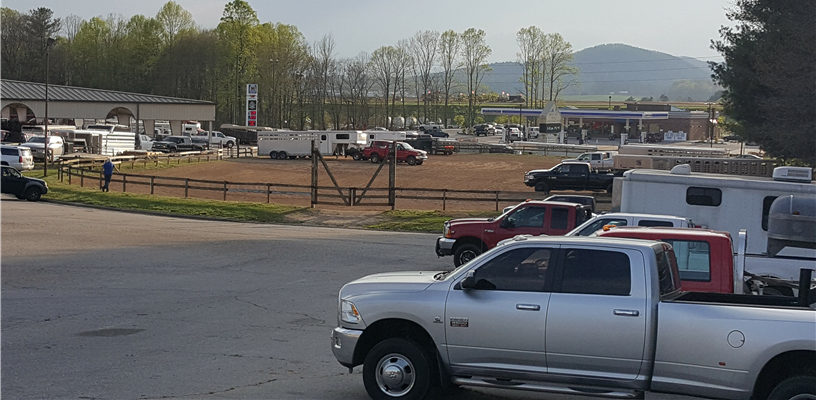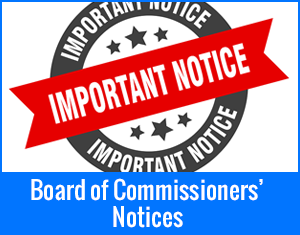
- By April W Bowman
- Posted Thursday, July 22, 2021
Trailer and Hauling Safety
Taking the time to inspect your trailer is an important part of the hauling process and can prevent many accidents and/or reduce the severity of them. Three areas to consider before hauling:
- hitching
- loading
- brakes, cables, and lights
- Class 1: Up to 2,000 pounds
- Class 2: Up to 3,500 pounds
- Class 3: Up to 8,000 pounds
- Class 4: Up to 10,00 pounds
- Class 5: Up to 12,000 pounds
Loading the Trailer A general rule is to put 60% of your load on the front half of the trailer, and the remaining 40% in the rear. To help accomplish this, put the heavier items/animals in first. However, if hauling live animals, never block the gate with the tack to ensure that you could unload them during an emergency. Whatever you're hauling, be sure that you've checked the owner's manual for the tow vehicle AND the trailer to ensure that you're not overloaded. Secure all cargo (unless hauling loose livestock) close together, ensure that your tie-downs are rated for the load, use one tie-down for every 10 feet of cargo, but ensure that every piece of cargo is secure regardless of how long it is. Check your cargo straps often to be sure that they haven't vibrated loose.
Brakes, Cables & Lights Your trailer should have a break-away cable connecting the trailer brake system to the tow vehicle. If the cable is stretched, it will pull the pin on the trailer brake box out and trigger the trailer brakes. Ensure that your trailer brake box is charged. Most braking systems will hold for 15 minutes or longer, allowing you to securely place wheel chokes around the trailer. Are your trailer lights attached properly and are all lights functioning?
Hauling Ag There are many Exemptions to laws for motor vehicles and trailers being utilized for farm use. North Carolina Farm Bureau has compiled some of the more common ones into a "Hauling Ag" brochure. Check some of them out at https://www.ncagromedicine.org/pdf/resources/haulingAgManual.pdf.
According to Lamar Trailers, the NATM regulations are Safety Tips Your trailer should have reflective tape placed on the bumper and frame in the following places:
Trailer Lights Here’s what you need to meet the NATM standards for road use:
- Tail lamps
- Rear turn lamps
- Rear reflex reflectors
- License plate lamps
- Rear side marker lamp
- Rear side reflex reflectors
- Front side marker lamps
- Front side reflex reflectors
- Stop Lamps
Trailers longer than 30 feet require:
- Intermediate side reflex reflectors
- Intermediate side marker lights
And trailers wider than 80 feet also require:
- Rear clearance lamps
- Front clearance lamps
- Rear identification lamps
Running Gear Here’s a checklist for running gear that meets NATM guidelines:
- If your trailer is designed for commercial use, it needs to meet federal brake standards
- Anti lock brakes used when required
- Hydraulic braking systems need to be built around DOT approved hoses
- Breakaway battery kits need to be able to hold the brakes in place for a 15 minute minimum
Other Tips
- Check your tire pressure and your tires for wear before every trip.
- Always ensure that any gates are latched before pulling off.
- Check the floor and repair if needed
- Check your spare tire
- Ensure that you have the right size socket or wrench to remove your lug nuts
- Do you have:
- a jack strong enough to lift your load
- a wheel chock
- a fire extinguisher
Trailer Safety Tip Videos
CitationsThese links are worth your time to help ensure your safety!
-
1. Stay Safe on the Road by Checking Your Breakaway Cable. Fastway Trailer. (2020, January 13). [fastwaytrailer.com].
2. Cargo Securement. Trailer Safety Week. (n.d.). [trailersafetyweek.com].
3. Towing Safely. Trailer Safety Week. (n.d.). [click.icptrack.com].
4. NATM Guidelines: Is Your Trailer Compliant?(n.d.).
5. Right From The Start Outline Trailers [uthct.edu]
For more information about trailer safety, or any other livestock issues, email, April Bowman, Extension Agent, Livestock, Forages, and 4-H Youth Development at awbowman@ncsu.edu or call 336-703-2855.






